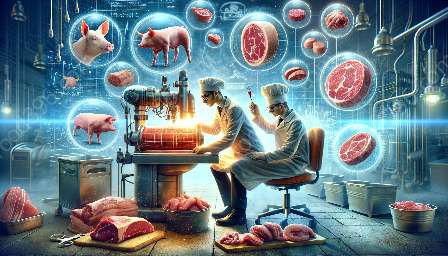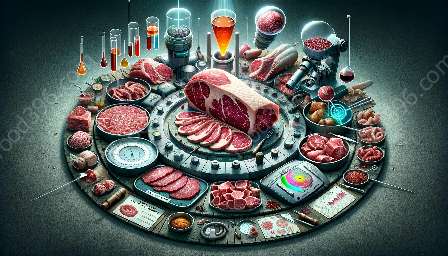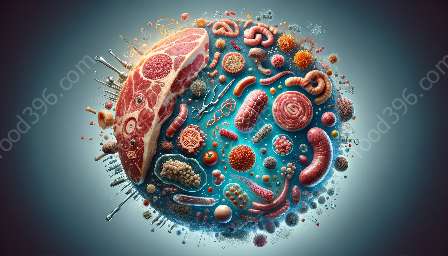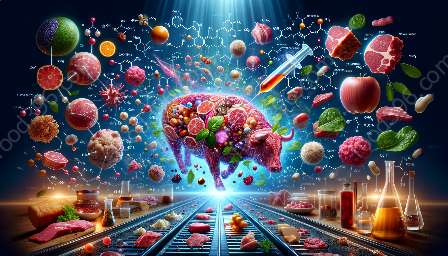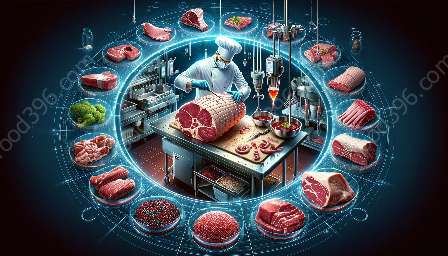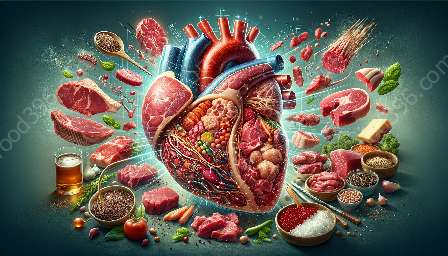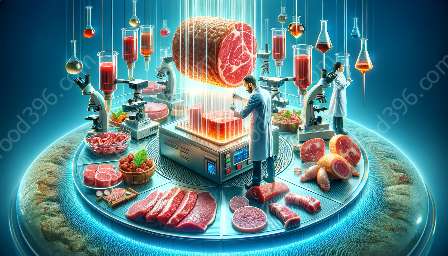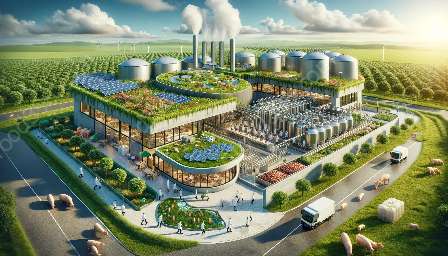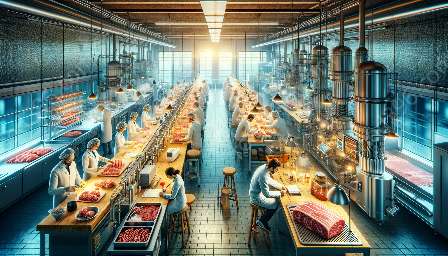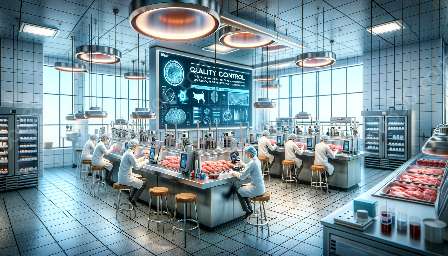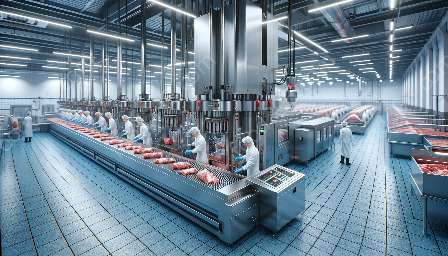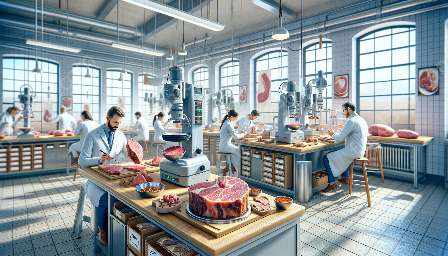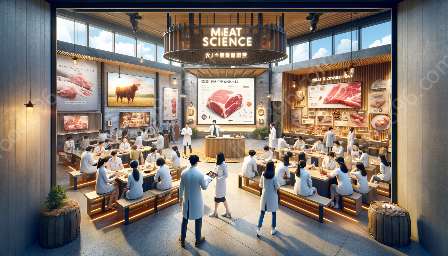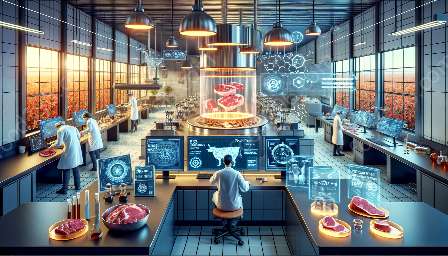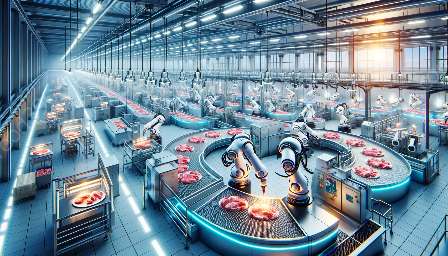Meat product development is a dynamic and essential aspect of the food u0026 drink industry that revolves around creating innovative and high-quality meat products. This process involves a multidisciplinary approach, encompassing meat science, food technology, consumer preferences, and market demands. In this comprehensive guide, we will dive into the intricacies of meat product development, its relationship with meat science, and its significance in the food u0026 drink sector.
Understanding Meat Product Development
Meat product development encompasses the entire process of creating new and improved meat-based products, from conceptualization to commercialization. This process involves scientific research, technological advancements, market analysis, and consumer insights to meet the evolving demands of consumers.
Meat product development is not limited to traditional forms of meat, such as fresh cuts or ground meat. It also includes the development of value-added products, such as marinated meats, sausages, burgers, meat snacks, and ready-to-eat meals. These products often undergo extensive research and development to enhance their nutritional profile, taste, texture, and convenience.
Key Components of Meat Product Development
Meat Science: Meat product development is closely intertwined with meat science, which involves the study of the physical, chemical, and biological properties of meat. Understanding the composition and behavior of meat at a molecular level is crucial in developing products that meet quality and safety standards.
Food Technology: Food technology plays a pivotal role in meat product development by leveraging various processing techniques, preservation methods, and ingredient functionalities to create innovative meat products. Advanced technologies, such as high-pressure processing, sous vide cooking, and extrusion, have revolutionized the way meat products are developed and manufactured.
Consumer Preferences and Market Demands: Consumer preferences and market trends heavily influence the direction of meat product development. Factors such as convenience, health consciousness, sustainability, and ethnic flavors shape the development of new meat products and drive the need for continuous innovation within the industry.
Innovative Research in Meat Product Development
Emerging research in meat product development is focused on addressing key challenges in the industry while capitalizing on novel opportunities. Some of the prominent areas of research include:
- Clean Meat Technology: Also known as cultured meat, clean meat technology involves the production of meat from animal cells, offering a sustainable and ethical alternative to conventional meat production.
- Plant-Based Meat Alternatives: The rise of plant-based meat alternatives has spurred extensive research into creating meat-like products from plant-based sources, achieving comparable taste, texture, and nutritional attributes.
- Functional and Nutritional Enhancement: Research is focused on fortifying meat products with functional ingredients, such as probiotics, omega-3 fatty acids, and plant-derived proteins, to enhance their nutritional value and health benefits.
- Cutting-Edge Processing Technologies: Advancements in processing technologies, including 3D printing of meat products, microencapsulation of bioactive compounds, and precision fermentation, are reshaping the landscape of meat product development.
Challenges and Future Directions
Despite the remarkable progress in meat product development, the industry faces several challenges, including:
- Clean Label and Ingredient Transparency: Consumers are increasingly seeking clean label products with transparent ingredient declarations, posing challenges for the incorporation of certain functional or synthetic ingredients.
- Sustainability and Environmental Impact: The environmental impact of meat production has led to a growing demand for sustainable practices and alternative protein sources, compelling the industry to explore eco-friendly solutions.
- Regulatory Compliance and Safety: Ensuring compliance with stringent food safety regulations and standards while meeting consumer expectations for product quality and taste remains a critical challenge.
Looking ahead, the future of meat product development will likely be shaped by technological advancements, sustainability initiatives, and a deeper understanding of consumer behavior and dietary preferences. Additionally, the convergence of meat science and food technology will continue to drive innovation and pave the way for novel meat products that align with evolving consumer needs.
The Impact on the Food & Drink Industry
Meat product development has a significant impact on the food u0026 drink industry, influencing product portfolios, consumer choices, and market dynamics. The ongoing evolution of meat products, from traditional offerings to modern alternatives, reflects the industry's commitment to meeting the diverse preferences and dietary requirements of consumers.
The emergence of plant-based meat alternatives, clean meat technologies, and functional meat products is reshaping the landscape of the food u0026 drink sector, offering new opportunities for market growth and diversification. Moreover, the relentless pursuit of high-quality, flavorful, and convenient meat products underscores the industry's dedication to culinary innovation and consumer satisfaction.
As consumer demands continue to evolve, meat product development will remain a cornerstone of the food u0026 drink industry, driving progress, creativity, and sustainability across the global market.
